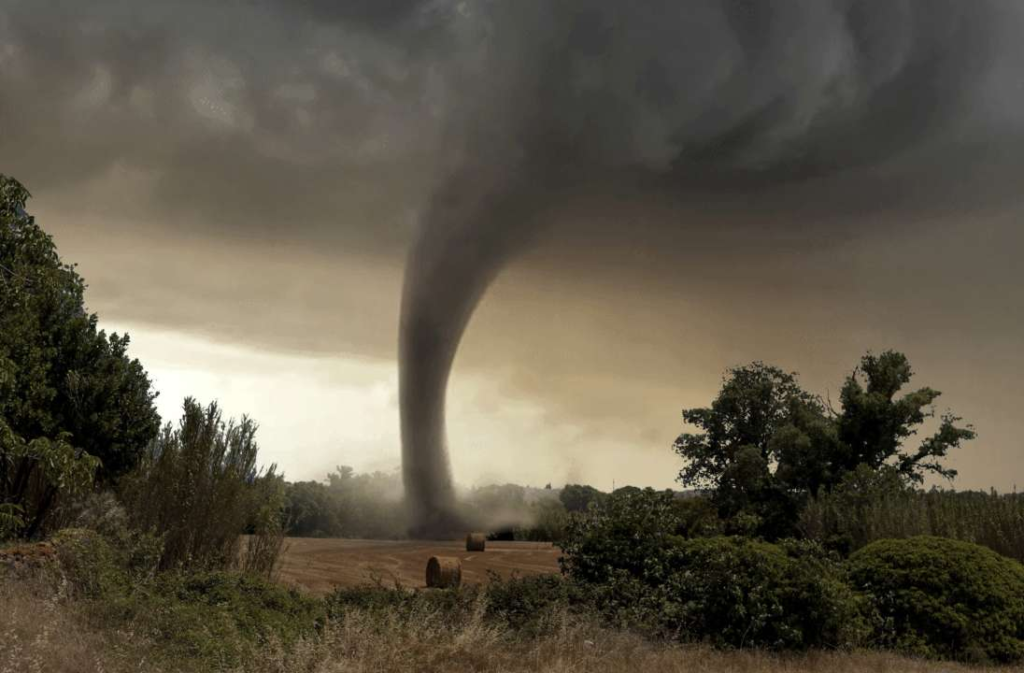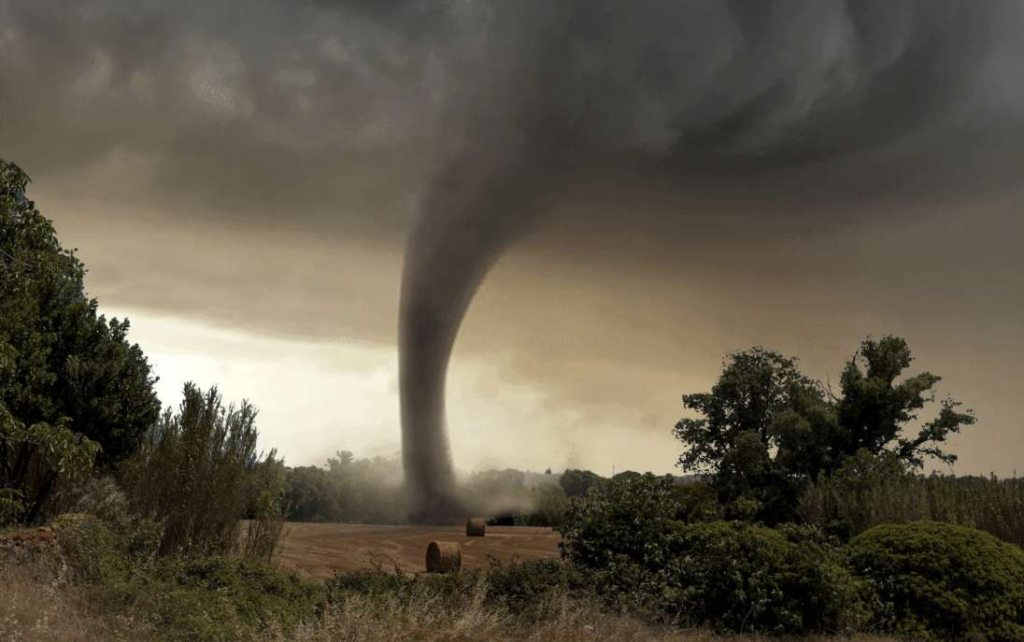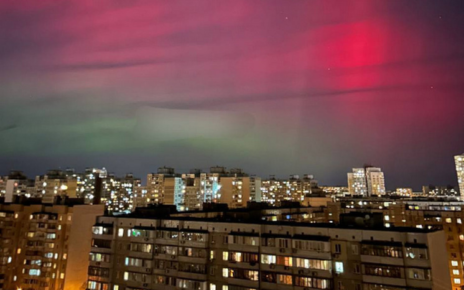Tornadoes, among the most fearsome and destructive natural phenomena, have established a notorious presence in the United States. This article seeks to unravel the historical and scientific aspects of why tornadoes are so prevalent in the U.S., examining some of the most powerful tornadoes in history and the consequential aftermath.
Tornado Alley: The Geographical Crucible:
Tornado Alley, an expansive region stretching from Texas to South Dakota, has earned its reputation as a hotbed for tornado activity. The convergence of warm, moist air from the Gulf of Mexico colliding with cold, dry air from Canada creates ideal conditions for tornado formation. The flat terrain of the central U.S. further facilitates the development of supercells, the breeding grounds for these destructive twisters.
The Scientific Mechanism:
Tornadoes emerge from severe thunderstorms, specifically supercells, characterized by a rotating updraft known as a mesocyclone. The complex interplay of atmospheric conditions, wind patterns, and topography creates an environment where tornadoes can form and wreak havoc. Understanding the intricate dynamics of these storms is crucial for both prediction and mitigation efforts.
Historical Chronicle: The Most Powerful Tornadoes:
- Tri-State Tornado (1925):
- Traversed 219 miles across Missouri, Illinois, and Indiana.
- Claimed 695 lives and caused extensive property damage.
- Exemplified the devastating impact of a long-track tornado.
- The Super Outbreak (1974):
- Unleashed 148 tornadoes across 13 U.S. states.
- Resulted in 330 fatalities and over 5,000 injuries.
- Prompted advancements in tornado prediction and warning systems.
- Joplin Tornado (2011):
- EF5 tornado striking Joplin, Missouri.
- Caused 161 fatalities and over a billion dollars in damages.
- Highlighted the need for resilient infrastructure and community preparedness.
Aftermath and Consequences:
The aftermath of powerful tornadoes is characterized by widespread destruction, loss of life, and long-term economic repercussions. Communities face the daunting task of rebuilding homes and infrastructure, while survivors grapple with the emotional toll of these traumatic events. Tornadoes, often unpredictable, underscore the importance of robust early warning systems and public awareness campaigns to minimize casualties.
Scientific Advancements and Future Prospects:
Advancements in meteorological technology, including Doppler radar and satellite imagery, have significantly improved tornado prediction capabilities. The Enhanced Fujita (EF) scale allows for more accurate classification of tornado intensity, aiding emergency management. Continued research and investment in technology are vital for enhancing our understanding of tornado dynamics and improving preparedness measures.
Tornado:
- Atmospheric Instability: The presence of atmospheric instability, often associated with warm, moist air, contributes to tornado development. When warm air rises and encounters cold air, creating a clash of air masses, it sets the stage for the formation of strong vortices.
- Mesocyclone: This is a rotating updraft in the atmosphere that can serve as the precursor to a tornado. Mesocyclones often form within supercell thunderstorms, where vertical wind shear provides the necessary conditions for the development of rotating columns of air.
- Tornado Alley Geography: Certain geographic regions, like Tornado Alley in the central United States, experience a higher frequency of tornadoes due to the convergence of warm, moist air from the Gulf of Mexico and cold, dry air from Canada.
Hurricane:
- Warm Ocean Water: Hurricanes originate over warm ocean waters (usually 26.5 degrees Celsius or warmer). The warm water provides the energy needed for the development and intensification of tropical cyclones.
- Coriolis Effect: Hurricanes require the Earth’s rotation to give them the necessary spin. This is provided by the Coriolis effect, which deflects moving air to the right in the Northern Hemisphere and to the left in the Southern Hemisphere.
- Low Vertical Wind Shear: Vertical wind shear, or the change in wind speed and direction with height, needs to be low for hurricanes to develop and strengthen. High wind shear can disrupt the organization of a developing storm.
- Moisture in the Atmosphere: Hurricanes thrive on the availability of moisture in the atmosphere. When moist air near the surface rises and cools, it releases latent heat, further fueling the storm’s development.
Understanding these factors is crucial for meteorologists and climatologists in predicting and monitoring these extreme weather events, allowing for better preparedness and mitigation strategies.

Tornadoes remain a formidable force in the United States, particularly in Tornado Alley, where geographical and meteorological conditions converge to foster their frequent occurrence. By delving into historical events and scientific understanding, society can strive towards better preparedness, minimizing the impact of these destructive forces and fostering resilience in the face of nature’s wrath.



